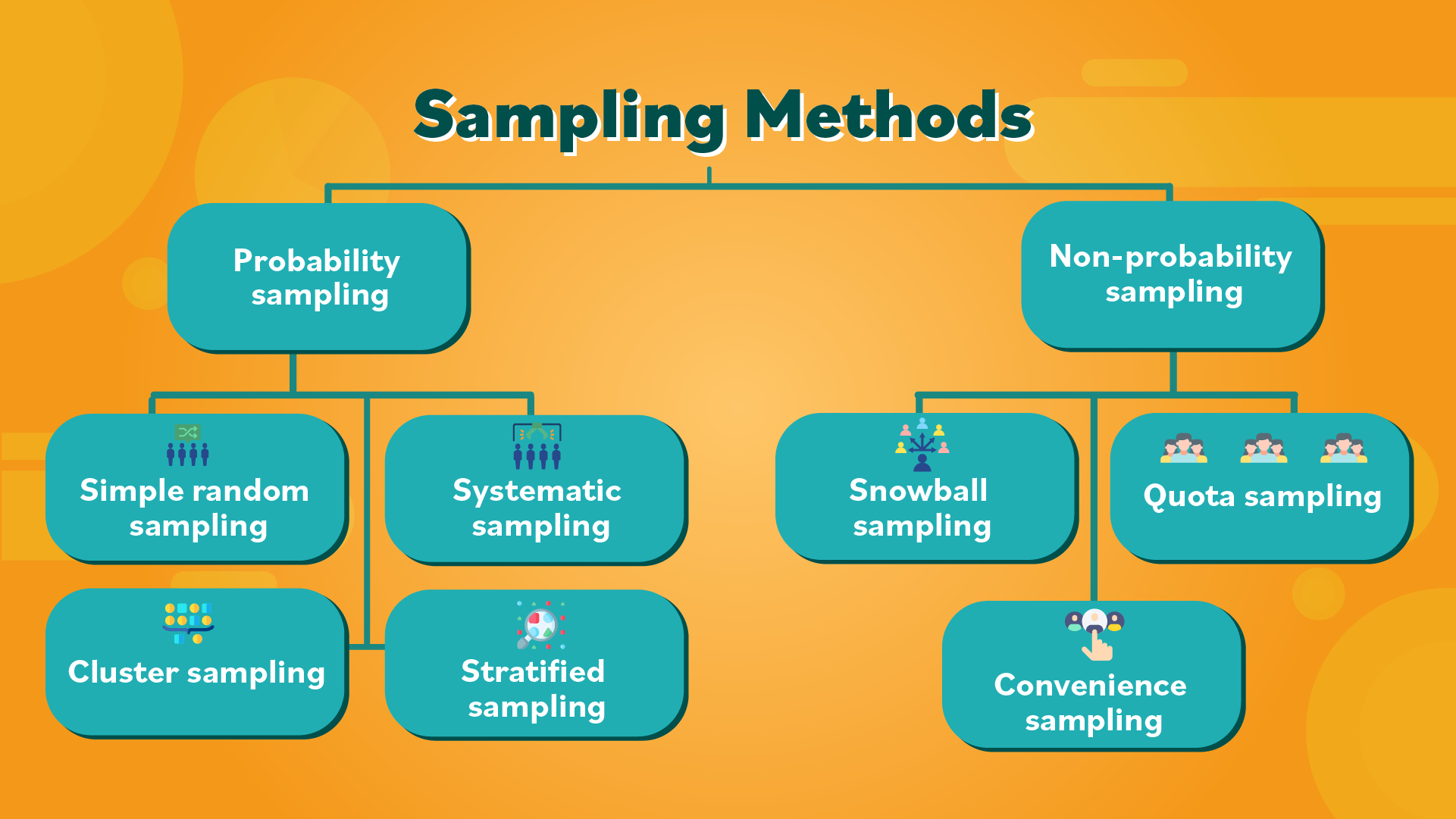Understanding the Technology Used in the DLK Case: Thermal Imaging and Its Legal Implications
Introduction
Modern law enforcement agencies have increasingly relied on evolving technology to investigate criminal activity. One landmark example is the case commonly referred to as DLK (Kyllo v. United States), which tested the boundaries of privacy rights and government surveillance. In this article, we explain what technology the government used to gather evidence against DLK, how it functioned, the legal controversies it created, and what individuals can do to understand and protect their privacy rights in a world of advancing surveillance tools.
What Technology Did the Government Use Against DLK?
The central technology used by the government in the DLK case was a thermal imaging device -specifically, a thermal imager or heat scanner . Investigators pointed this device at DLK’s home from a public street to detect heat patterns that were consistent with indoor marijuana cultivation. The thermal imager could reveal otherwise invisible heat signatures, such as those produced by high-intensity lamps frequently used for growing plants indoors [3] , [4] .
This technology allowed law enforcement to detect anomalies in heat output from the home, which they interpreted as evidence of illegal activity. The thermal scanner did this without entering the property or obtaining a search warrant, making it controversial from a constitutional perspective [5] .
How Does Thermal Imaging Work?
Thermal imaging devices detect infrared radiation , which is a form of heat energy emitted by objects and living beings. Unlike visible light, infrared radiation is not visible to the naked eye, but it can be captured and visualized using specialized sensors. These sensors translate the heat energy into a visual image, known as a thermogram , where different temperatures are represented by various colors or shades.
In law enforcement, thermal imaging is often used for:

Source: wallpaperaccess.com
- Search and rescue operations to locate people in darkness or smoke
- Surveillance to detect heat from grow operations, as in the DLK case
- Monitoring buildings for energy efficiency or fire hazards
In the DLK case, the device was used from a public vantage point, outside the property, to scan for unusually high heat output on certain parts of the house, which investigators believed could indicate the presence of marijuana grow lights [3] .
Legal and Constitutional Questions Raised
The use of thermal imaging in the DLK case raised important questions about the Fourth Amendment to the United States Constitution, which protects individuals against “unreasonable searches and seizures.” Specifically, the controversy centered on whether using technology not in general public use to “see” details inside a home constitutes a search that requires a warrant.
Key legal issues included:
- Whether thermal imaging invades a person’s reasonable expectation of privacy
- Whether law enforcement must obtain a warrant before using such technology
- How new technologies that surpass human senses should be regulated under existing constitutional frameworks
The Supreme Court ultimately ruled that the use of thermal imaging to gather evidence against DLK without a warrant was unconstitutional. The Court held that individuals have a reasonable expectation of privacy in their homes, and that technology capable of uncovering otherwise unknowable details constitutes a search under the Fourth Amendment [3] , [5] .
Practical Guidance: Understanding and Protecting Your Privacy Rights
Given the rapid pace of technological advancement, it is critical for individuals to be aware of their legal rights and the tools available to protect their privacy. If you are concerned about government surveillance or the use of advanced technology in law enforcement investigations, consider the following steps:
- Understand the Limits of Surveillance : The Supreme Court’s ruling in the DLK case established that law enforcement typically needs a search warrant to use technology that reveals details not visible to the naked eye inside a private home. This means you generally have legal protection from warrantless searches using thermal imaging or similar devices.
- Know Your Rights : If you believe your home or property has been subject to thermal imaging or other forms of surveillance, you can consult with a qualified attorney who specializes in constitutional or privacy law. Many local and state bar associations can help you find experienced legal professionals.
- How to Seek Legal Recourse : If you suspect a violation of your rights, you may be able to file a motion to suppress evidence obtained through unconstitutional searches. For guidance, contact your local public defender’s office or a private attorney experienced in Fourth Amendment law. The American Civil Liberties Union (ACLU) provides resources and may be able to refer you to appropriate legal counsel.
- Stay Informed About Technology : Surveillance and privacy law continue to evolve as new technologies emerge. You can keep updated by monitoring official government sites and reputable news outlets for developments in privacy law. When in doubt, search for “Fourth Amendment and surveillance technology” on the official United States Courts website or through your state’s judicial branch portal.
Alternative Approaches to Evidence Gathering
Law enforcement agencies have several methods for gathering evidence, including:
- Traditional surveillance (visual observation, stakeouts)
- Electronic surveillance (wiretapping, monitoring communications)
- Physical searches with a warrant
- Use of informants or undercover agents
Each method is subject to different legal standards. For example, electronic surveillance of private conversations often requires a court order or warrant, just as physical searches of a home do. The DLK case specifically clarified the rules for the use of advanced, non-invasive technology for surveillance.
Potential Challenges and Solutions
While thermal imaging and similar technologies offer powerful tools for law enforcement, they also challenge traditional notions of privacy. Potential challenges include:
- Blurring the Line Between Public and Private Spaces : As technology improves, it becomes easier to observe private activities from public spaces. Individuals must be vigilant about their privacy rights, and lawmakers must continually adapt legal standards to address new capabilities.
- Lack of Public Awareness : Many people are unaware of the types of surveillance technologies available and how they may be used. Public education campaigns and accessible legal resources can help bridge this gap.
- Rapid Technological Change : Laws often lag behind technology. Ongoing advocacy and judicial review are needed to ensure that constitutional protections remain robust as new surveillance methods are developed.
Summary and Key Takeaways
The government’s use of thermal imaging technology in the DLK case represents a pivotal moment in the legal regulation of surveillance technology. The Supreme Court decision reinforced the idea that the use of advanced technology to “see” inside a home-revealing details otherwise unknowable without physical entry-constitutes a search and generally requires a warrant [3] , [5] .

Source: bernardmarr.com
If you are concerned about how surveillance technology may affect your privacy:
- Educate yourself on the current state of the law by searching for “Kyllo v. United States” and “Fourth Amendment privacy.”
- Consult with legal experts or privacy advocacy groups for up-to-date guidance.
- Monitor government and court websites for developments in privacy and surveillance law.
For precise information or legal support regarding surveillance technology and privacy rights, you may contact your state bar association or search for official resources on the United States Courts website.
References
MORE FROM couponito.com













